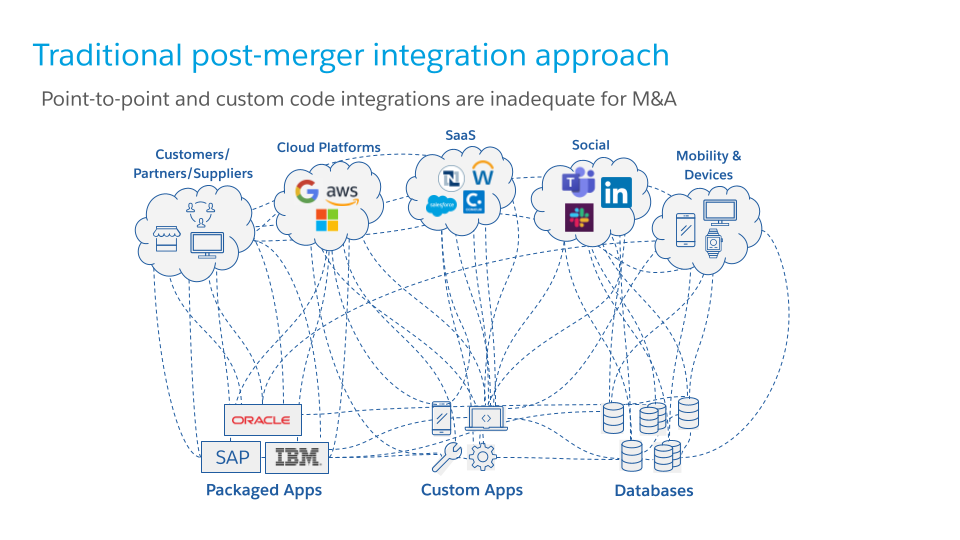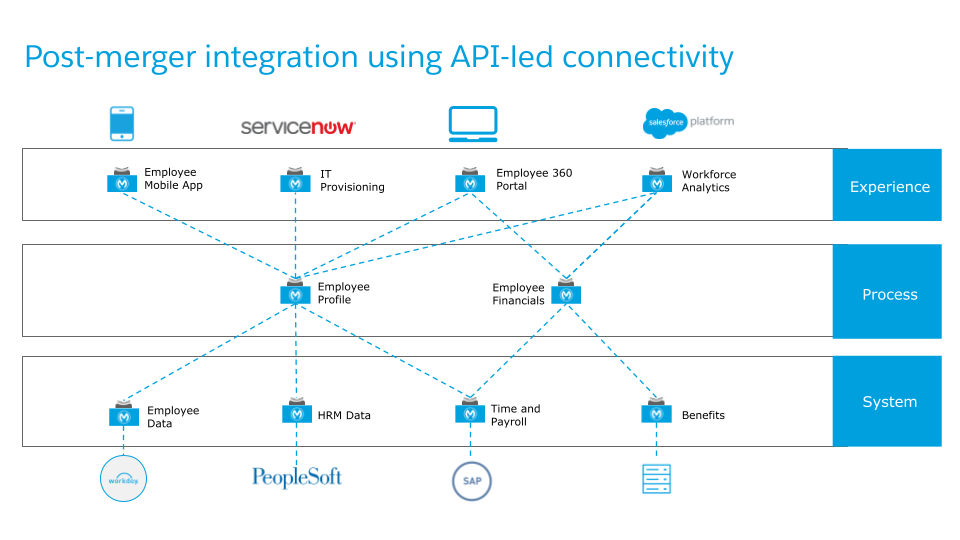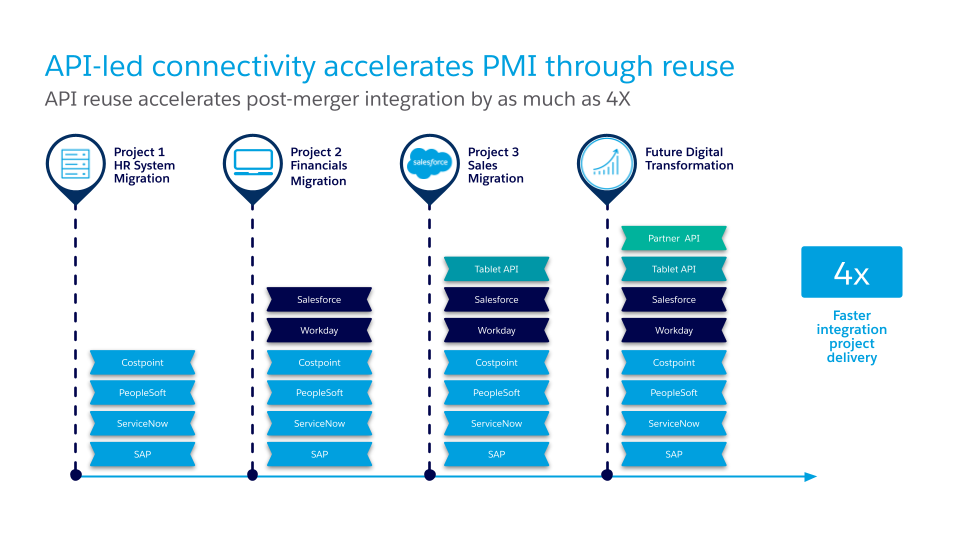As post-COVID GovCon M&A activity expected to hit record highs, post-merger IT Integration challenges loom.
Many analysts expected 2020 to be a big year for GovCon M&A. However, the arrival of the COVID-19 pandemic shook the M&A market, grounding many in-flight deals as many in the industry waited for more certainty of the severity of the situation and how their business would be affected.
Now with the end of the pandemic in sight and defense budgets expected to remain nearly flat, Federal SIs are looking to M&A as a strategic source of growth. As a result, M&A transactions are back on the rise, further accelerated by record low cost-of-capital and a slew of smaller, agile innovative players looking for strategic partners following the challenging 2020 market.
Integration challenges cited as a major impediment in M&A ROI
While M&A may seem to be the fastest path to achieve these goals, the data show a potentially difficult path ahead. According to a Harvard study, between 70% and 90% of M&A deals fail to realize the expected net present value of the investment, and only 47% produce positive results within the first year.
While the integration of two companies’ people and processes are well-understood challenges, a recent Accenture survey found that 71% of M&A leaders cited ‘technology integration’ as the number one factor determining the success of progressive company acquisitions.

Enterprise integration platform (eiPaaS) to manage post-merger reality
M&A IT integration is a golden opportunity to clean up and modernize your enterprise infrastructure. So how can business and IT leaders ensure the success of IT integration of acquisitions? The most successful leaders will adopt an enterprise integration platform strategy supported by an agile, API-led architecture.
Over half of enterprises (53%) have more than 800 applications, while some (43%) have more than 1,000. IT teams that think about integrating these systems strategically see more success from their API integrations. Organizations that treat APIs as products witness increased productivity (62%), greater ability across teams to self-serve IT (58%), and increased innovation (49%).

Major government contractor accelerates post-merger integration (PMI) with MuleSoft
How might this apply to a large enterprise M&A integration effort? Let’s take a look at what a major government contractor was able to accomplish with an API-led strategy enabled by MuleSoft.
After a large M&A deal was completed in 2018, this contractor found itself with a diverse set of capabilities across defense, intelligence, civilian, health care, and state and local markets. However, unlocking the data and processing to harness these solutions meant dealing with multiple, siloed IT systems spanning sales, financial and HR data. These integration challenges caused significant lag time, duplicate workstreams and other common challenges.
They chose MuleSoft as the critical integration component to merge three organizations into one across a complicated network of on-prem and cloud-based systems. Their IT team designed, developed, tested, and deployed ~12 integrations under budget and ahead of schedule. With MuleSoft Anypoint Platform, the IT team recognized key benefits:
- Simplicity and stability of full iPaaS and API management on a single cloud-based platform.
- Accelerated development time with out-of-the-box connectors.
- The ability to monitor their entire integration environment to prevent data loss or interruption of lengthy batch processes.
- The flexibility to accommodate a wide variety of systems, patterns, and data transformations with more clicks, not code.
- Streamlined CI/CD pipeline.

In my next post, I will go into greater detail on how MuleSoft accelerates PMI. In the meantime, contact us for more information, see what innovative government entities have accomplished with MuleSoft, or check out our whitepaper on government IT modernization best practices.









